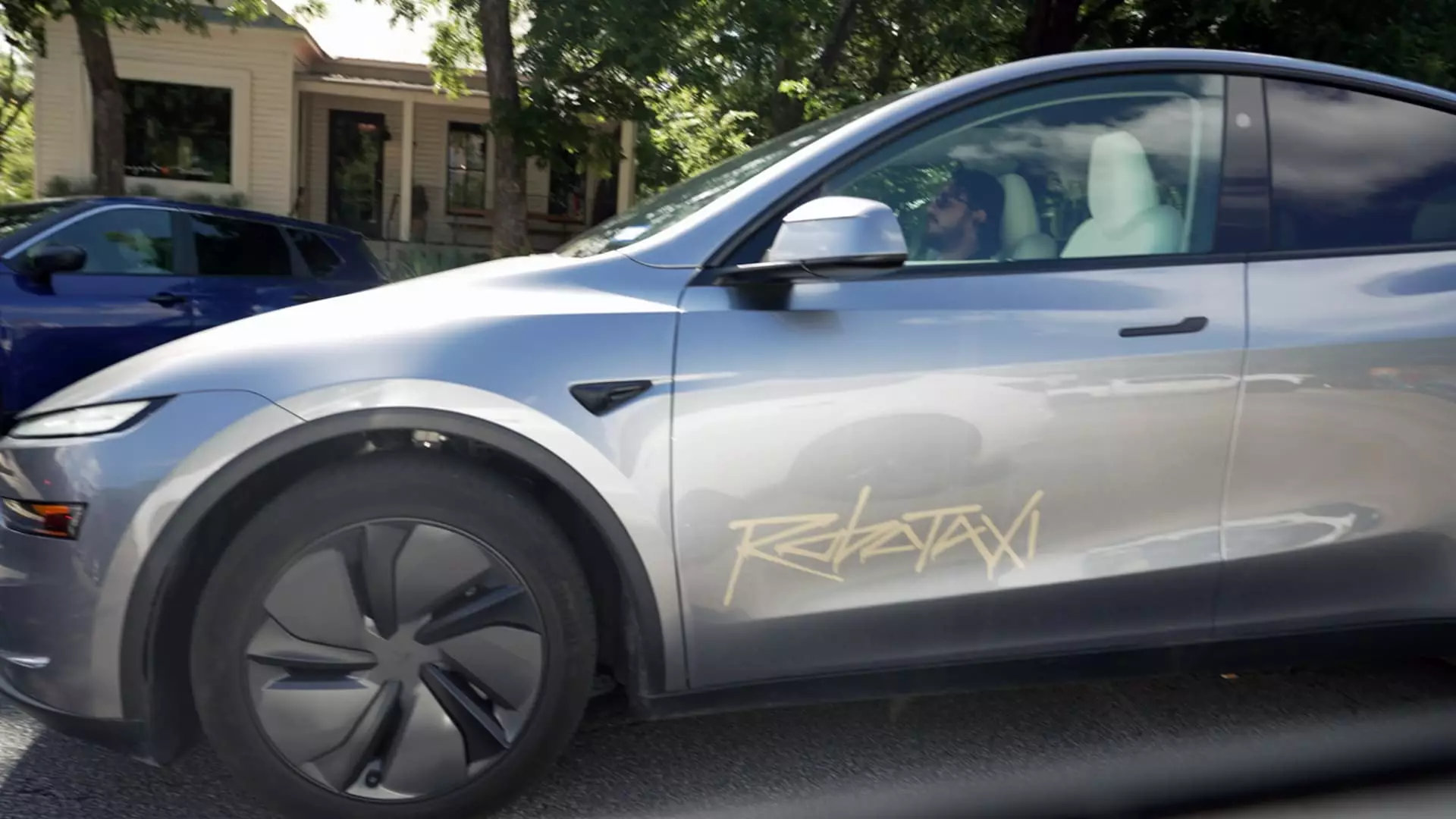Tesla’s latest move to test and launch Robotaxis in Phoenix signifies a pivotal moment in the evolution of autonomous transportation. While industry leaders like Waymo have already established a foothold in driverless ride-hailing within the Phoenix area, Tesla’s entry signals a shift in strategy and ambition. Tesla isn’t merely aiming to observe; it aims to disrupt and redefine the landscape of self-driving vehicles. With the application pending approval from Arizona authorities, the company’s resolve to accelerate its autonomous ambitions is unmistakable. Moreover, Tesla’s expansion into Phoenix, after initiating pilot tests in Austin, points to a broader national strategy to dominate the robotaxi space.
This aggressive approach highlights Tesla’s confidence in its technology, but it also surfaces questions about readiness, safety, and regulatory compliance. Unlike Waymo’s cautious, well-established operations, Tesla’s entrance seems driven by a sense of urgency, potentially risking reputation and safety in pursuit of market share. The ongoing battle between legacy automakers and tech innovators is less about technology alone and more about who can navigate the complex interplay of innovation, regulation, and consumer trust most effectively.
Technological Approach: Vision-Based vs. Sensor-Rich Systems
Tesla’s autonomous strategy diverges sharply from its competitors. While most companies rely heavily on lidar, radar, and other sensors—expensive components that add to vehicle cost—Tesla champions a vision-only approach, relying heavily on cameras and neural networks. Elon Musk publicly asserts that this design choice will lead to a more cost-effective system, ultimately making autonomous vehicles more accessible to consumers. However, critics argue that primarily relying on cameras might oversimplify the complexities of real-world driving, where adverse weather, shadowed environments, or unforeseen obstacles pose significant challenges.
The controversy isn’t merely technical; it forms the basis of ongoing regulatory debates and public skepticism. Tesla’s recent incidents in Austin, where vehicles reportedly collided with parked objects or disobeyed traffic rules, have cast doubt on the real-world safety and reliability of its approach. These episodes have garnered social media attention and regulatory scrutiny, emphasizing that the technology must prove its maturity before widespread deployment. Tesla’s vision-based system rides on a delicate balance: the hope that it can outperform sensor-heavy systems at a lower cost, but the risk that it might fall short of the fail-safe standards needed for safe autonomous operation.
Safety Concerns and Regulatory Hurdles
Tesla’s push into fully autonomous ride-hailing stokes legitimate safety concerns. Unsurprisingly, incidents captured on social media, where Tesla Robotaxis have been involved in minor accidents or rule violations, distort public perception of ready safety. While Musk and Tesla tout their vehicle’s technological advancements, these events underscore a fundamental challenge: convincing regulators and consumers that the vehicles are both safe and reliable.
In the United States, regulatory bodies like the National Highway Traffic Safety Administration (NHTSA) and state agencies are scrutinizing Tesla’s claims and operational practices. Tesla’s history of stretching the boundaries of advertising truthfulness further complicates matters, especially after the California Public Utilities Commission and DMV initiated legal proceedings over alleged false marketing claims. The regulatory landscape around autonomous vehicles remains uncertain, with most authorities insisting on rigorous testing before full deployment. Tesla’s accelerated plans risk conflicting with these cautious policies, creating a cycle where safety and innovation can come into conflict.
The Future of Tesla’s Autonomous Ambitions
Tesla’s upcoming earnings call on July 23 will be a critical moment for its autonomous plans. Shareholders and industry insiders alike will be eager to hear how progress in Phoenix and other markets shapes Tesla’s broader strategy. Elon Musk’s insistent promises to expand Robotaxi services to the San Francisco Bay Area within months highlight the company’s bold vision. Yet, the gap between ambitious promises and actual safety and operational maturity remains a chasm that Tesla must carefully bridge.
There’s no denying the potential impact Tesla’s autonomous taxis could have: reduced transportation costs, increased accessibility, and a revolutionary shift towards a user-centric mobility ecosystem. But these promises carry hefty responsibilities. If Tesla’s vision-based system can prove its safety, reliability, and regulatory compliance, it could spearhead a new era of autonomous mobility. Conversely, ongoing incidents, regulatory pushback, and safety concerns could tarnish Tesla’s reputation, possibly setting back the entire industry.
In many ways, Tesla’s foray into robotaxis epitomizes the tension between innovation and caution—a complex dance of pushing technological frontiers while safeguarding public trust. Whether Tesla ultimately becomes a leader or suffers setbacks remains to be seen, but what is certain is that the stakes have never been higher for autonomous vehicles aspiring to redefine transportation.

